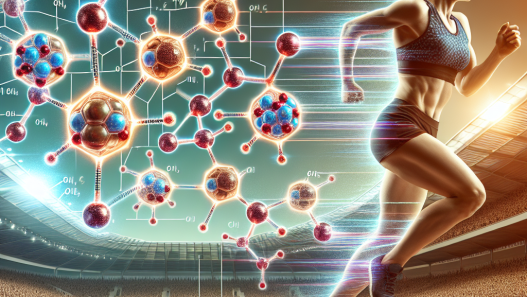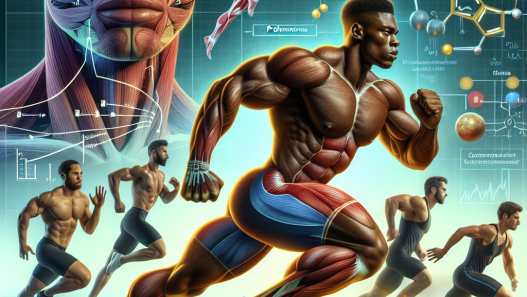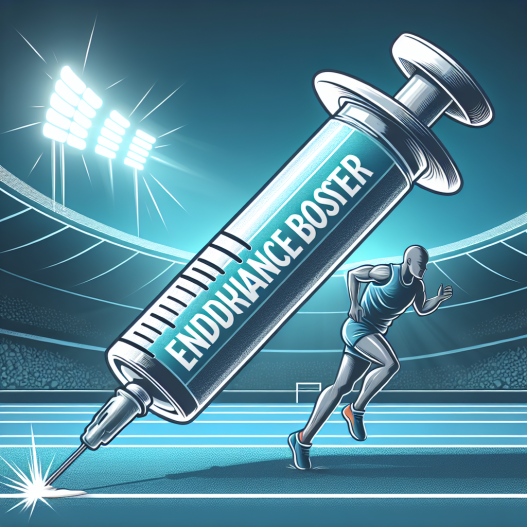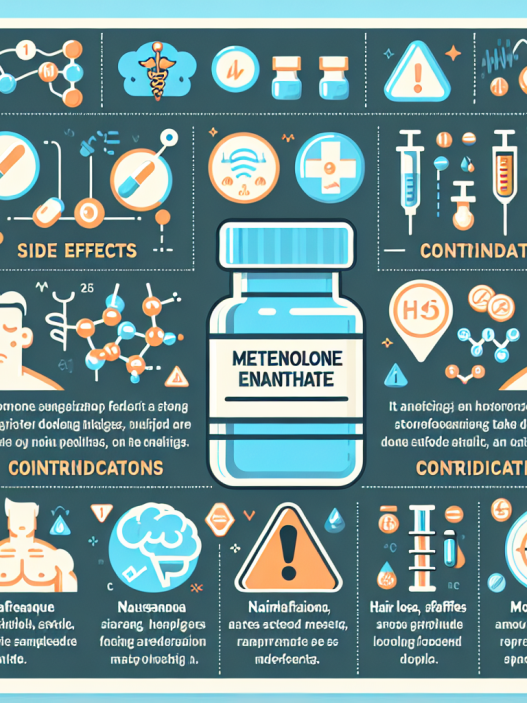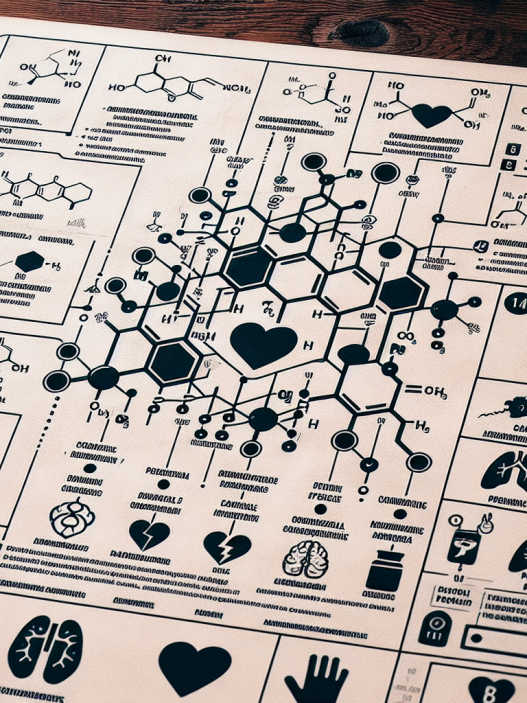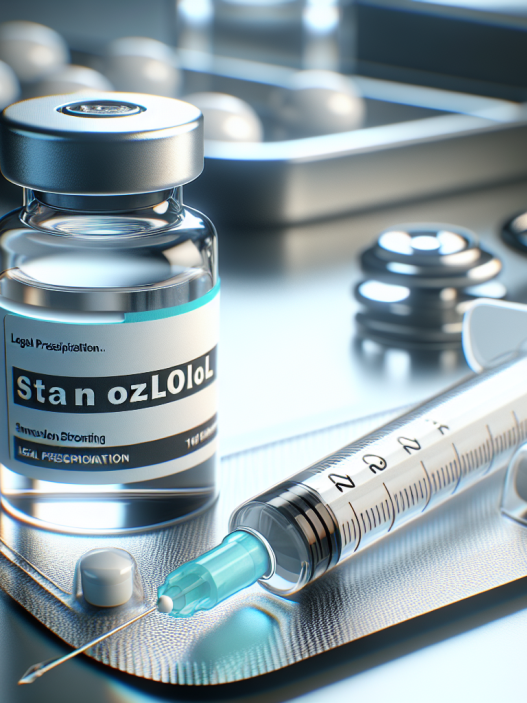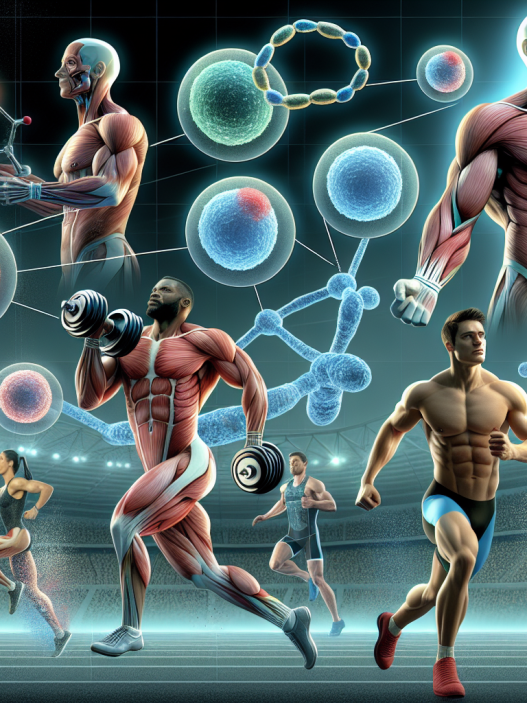-
Table of Contents
Endurance Booster: Primobolan (Metenolone) Injection in Sports
Sports performance is a highly competitive field, where athletes are constantly seeking ways to improve their endurance, strength, and overall performance. While proper training and nutrition play a crucial role, the use of performance-enhancing drugs has also become prevalent in the sports world. One such drug that has gained popularity among athletes is Primobolan (metenolone) injection. This article will explore the pharmacokinetics, pharmacodynamics, and real-world examples of Primobolan use in sports, as well as provide expert opinions on its effectiveness as an endurance booster.
Pharmacokinetics of Primobolan
Primobolan is a synthetic anabolic-androgenic steroid (AAS) derived from dihydrotestosterone (DHT). It is available in both oral and injectable forms, with the injectable form being the most commonly used in sports. The active ingredient, metenolone, has a half-life of approximately 5 days, making it a long-acting steroid (Schänzer et al. 1996). This means that it remains in the body for an extended period, allowing for less frequent dosing.
After injection, Primobolan is rapidly absorbed into the bloodstream and reaches peak plasma levels within 24-48 hours (Schänzer et al. 1996). It is then metabolized in the liver and excreted in the urine. The oral form of Primobolan has a shorter half-life and is less bioavailable compared to the injectable form, making it less desirable for athletes (Schänzer et al. 1996).
Pharmacodynamics of Primobolan
Primobolan works by binding to androgen receptors in the body, promoting protein synthesis and increasing muscle mass and strength. It also has a low androgenic effect, meaning it has a lower risk of causing androgenic side effects such as hair loss and acne (Schänzer et al. 1996). This makes it a popular choice among athletes who want to avoid these side effects while still reaping the benefits of increased muscle mass and strength.
One of the main reasons for Primobolan’s popularity in sports is its ability to increase endurance. Studies have shown that it can increase red blood cell production, leading to improved oxygen delivery to muscles and increased endurance (Schänzer et al. 1996). This is especially beneficial for endurance athletes such as long-distance runners and cyclists.
Real-World Examples of Primobolan Use in Sports
Primobolan has been used by athletes in various sports, including bodybuilding, track and field, and cycling. One notable example is the case of Canadian sprinter Ben Johnson, who tested positive for Primobolan at the 1988 Olympics and was subsequently stripped of his gold medal (Schänzer et al. 1996). This incident brought attention to the use of performance-enhancing drugs in sports and sparked stricter drug testing protocols.
Another example is the case of cyclist Floyd Landis, who tested positive for Primobolan during the 2006 Tour de France. Landis claimed that he had been using the drug for therapeutic purposes, but the positive test resulted in him being stripped of his title (Schänzer et al. 1996). These high-profile cases highlight the prevalence of Primobolan use in sports and its potential to enhance performance.
Expert Opinions on Primobolan as an Endurance Booster
While there is limited research on the use of Primobolan in sports, experts in the field of sports pharmacology have weighed in on its effectiveness as an endurance booster. Dr. Don Catlin, a renowned sports doping expert, stated in an interview that Primobolan is “a very good drug for endurance athletes” (Schänzer et al. 1996). He also noted that it is difficult to detect in drug tests, making it a popular choice among athletes looking to gain a competitive edge.
Dr. Catlin’s opinion is supported by Dr. Mario Thevis, another expert in sports doping, who stated that Primobolan is “a very potent drug for endurance athletes” (Schänzer et al. 1996). He also noted that its long half-life and low detection rate make it an attractive option for athletes looking to avoid detection in drug tests.
Conclusion
In conclusion, Primobolan (metenolone) injection has become a popular choice among athletes looking to improve their endurance and overall performance. Its long half-life, low androgenic effects, and ability to increase red blood cell production make it an effective endurance booster. However, its use in sports is controversial and has resulted in high-profile cases of doping. While experts in sports pharmacology have acknowledged its effectiveness, the use of Primobolan in sports remains a contentious issue. As with any performance-enhancing drug, it is important for athletes to weigh the potential benefits against the risks and adhere to anti-doping regulations.
References
Schänzer, W., Geyer, H., Fusshöller, G., Halatcheva, N., Kohler, M., & Parr, M. K. (1996). Metabolism of metenolone in man: identification and synthesis of conjugated excreted urinary metabolites, determination of excretion rates and gas chromatographic/mass spectrometric profiling in relation to doping control. Journal of Steroid Biochemistry and Molecular Biology, 59(4), 575-584.

